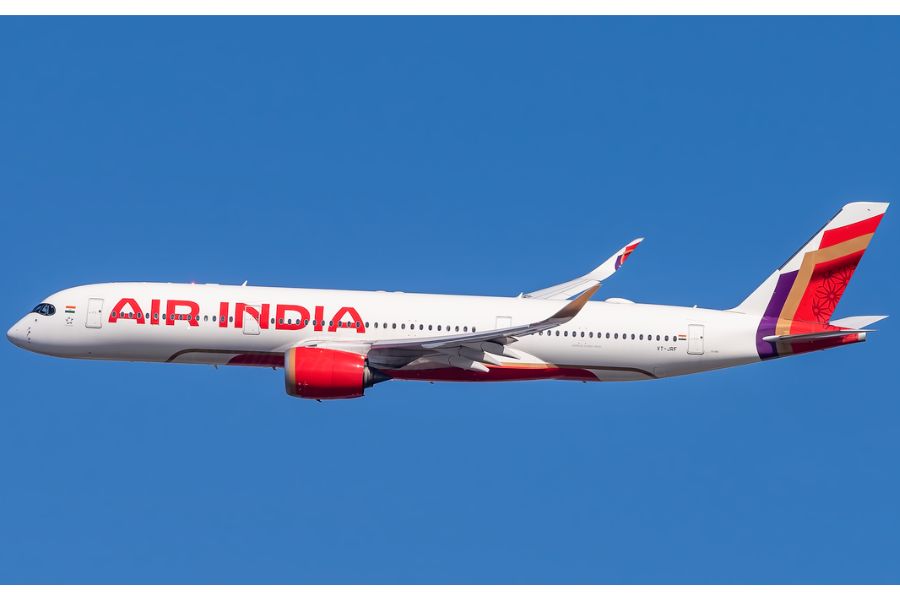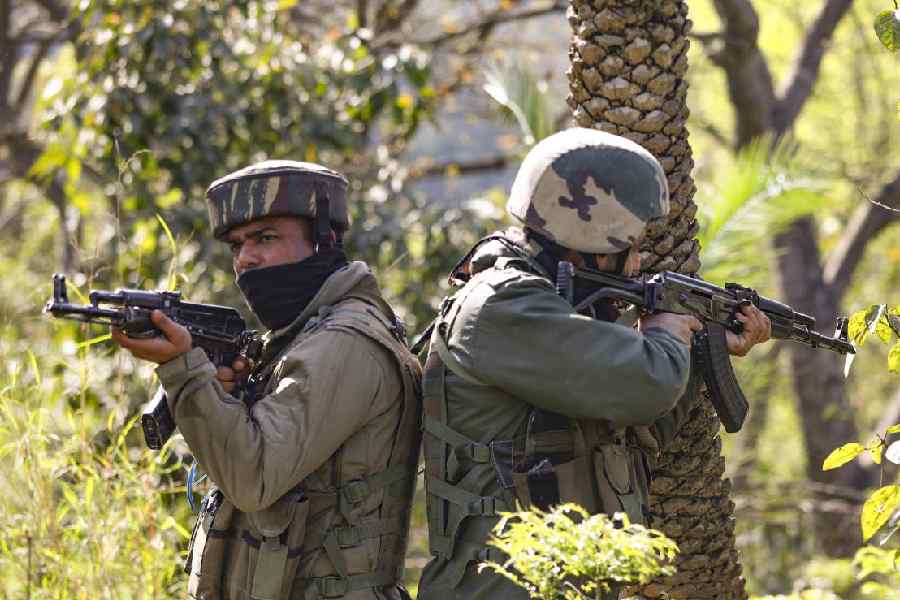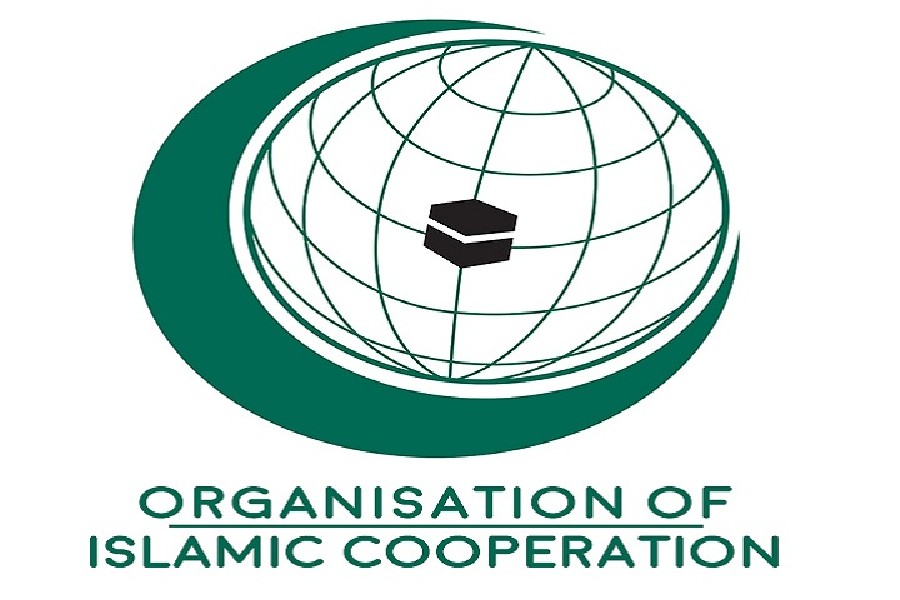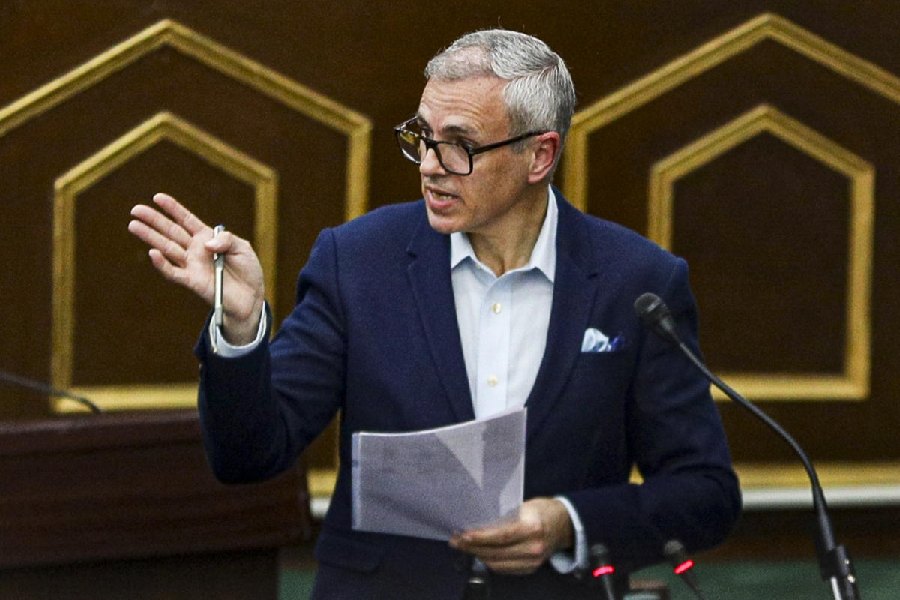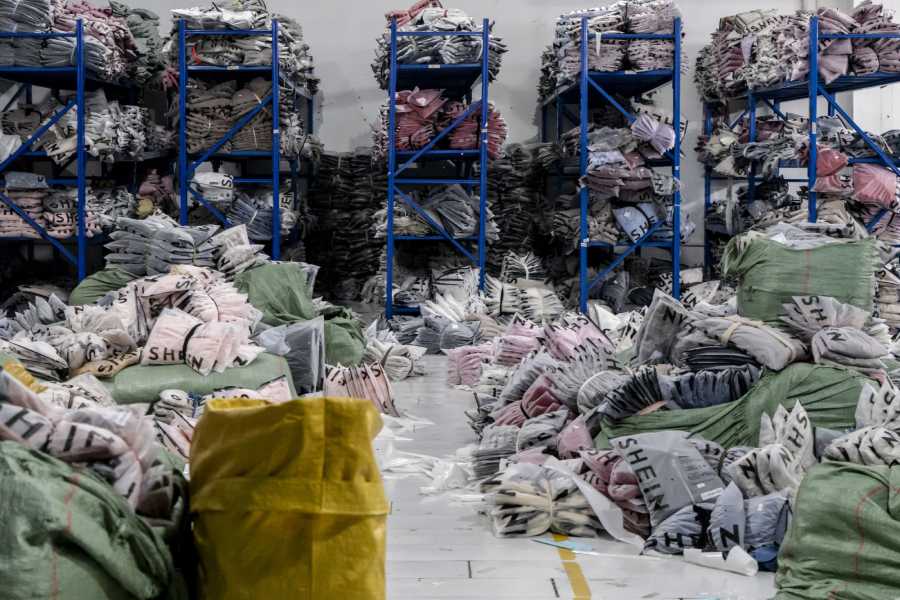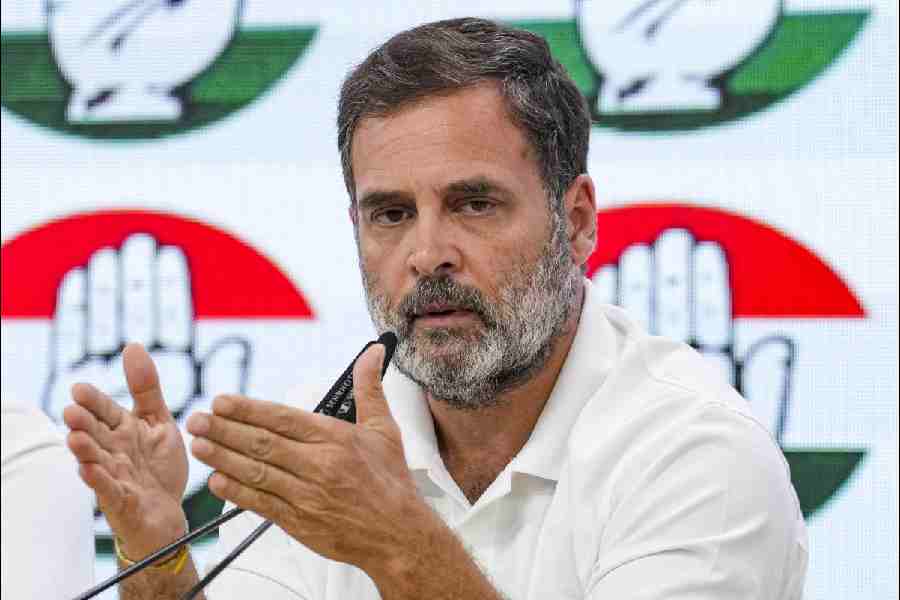 |
Adocumentary festival will pay tribute to four maestros — Ravi Shankar, Nikhil Banerjee, Hariprasad Chaurasia and Vishwa Mohan Bhatt — by featuring glimpses of their lives and performances. Musicians On Celluloid, presented by Films Division and Nandan, will be held at Nandan II on June 10. On the cards is Pramod Pati’s Ravi’s Sitar, on a performance by Ravi Shankar in 1974.
Joydip Mukherjee and Aloke Banerjee’s Pt. Nikhil Banerjee: The Maestro of Sitar is a biographical documentary on the Indian classical sitarist of the Maihar Gharana. A student of the legendary Baba Allauddin Khan, Banerjee was known for his technical virtuosity and flawless execution. He was decorated with the Padma Shri and the Sangeet Natak Akademi Award. Along with Ravi Shankar and Ustad Vilayat Khan, he emerged as one of the leading exponents of the sitar.
Rajeev Chaurasia’s Bansuri Guru documents the seven decades of the life of Hariprasad Chaurasia, the exponent of the Indian bamboo flute. The film documents his milestones and tries to capture him in close-up.
Creator of the mohan veena, winner of the Grammy Award and a disciple of Ravi Shankar, Vishwa Mohan Bhatt has mesmerised the world with his pure, delicate yet fiery music. Nomad Singh’s Talking to God is a sketch of this legend.
To Auntie Bulbul with love
 |
| Caption |
At time when music was heard and not seen, Bulbul Sarkar was the voice of Western music programmes broadcast by the All India Radio.
For three decades from the 1950s to the 1980s she was responsible for moulding the musical tastes of young people of that time, whom she often encouraged to present outstanding radio programmes. Gifted with an auditioned soprano voice, Sarkar had a refined and gentle delivery that is immediately recognisable when her interviews with “Manikda” are broadcast time and again.
Sarkar, who died in Calcutta on Friday, was born on March 11, 1926, and had graduated from Bombay University in 1947. She was the great granddaughter of Sibnath Shashtri and had joined AIR Calcutta as programme assistant in February 1949. But she soon resigned from the job and went back to her hometown Pune, only to return in 1958 and rejoin AIR Calcutta as staff artiste, Western music. She was also Auntie Bulbul in the all-time favourite Calling All Children. At that time the Calcutta station was located at 1 Garstin Place, from where it shifted to the Eden Gardens the same year.
One of the productions for Calling All Children was a sketch written in verse on the seasons of Bengal set to music by Gnan Prakash Ghosh. For this she had to pick the brains of Birendra Krishna Bhadra and Bani Kumar. Sarkar used to present relays of music concerts at New Empire of visiting celebrities such as Yehudi Menuhin, Leontyne Price, tenor Peter Peers, pianist Louis Kentner, and composer Benjamin Britten. She compered studio concerts by the likes of the Golden Gate Quartet, and in the 1970s, outside broadcasts by Duke Ellington and Cliff Richard, and recitals by talented city musicians as well.
For the Tagore centenary celebrations, she visited Visva-Bharati, where she scrutinised 200 manuscripts to discover Western music compositions inspired by Tagore poems. In 1970, she was given the challenging task of setting up the Western music section of Yuvabani, when she recruited young and articulate young comperes like Ian Zachariah, Ratna Sen, and later Nondon Bagchi and Bertie Da Silva.
Sarkar is still remembered for her series of illustrated interviews of famous personalities such as Bishnu De, Satyajit Ray and Salil Chowdhury titled Music I Live By. She had done similar programmes on Beethoven and Mozart. She was nominated as AIR’s delegate to the 1977 Prix Italia held in Venice, where she was a judge representing India. She retired in 1984 as deputy chief producer, Western music, looking after 17 AIR stations.
Hot wheels
 |
| A Ferrari at Rajarhat Action Area III . Picture by Sanjoy Chattopadhayaya |
A city that had its tryst with speed in the hey days of Kinny Lal and Vijay Mallya at the Barrackpore air strip was back burning rubber in the Rajarhat Action Area III on June 1, with a drag race and a handful of performance cars.
An invite to the drag race with a promise of a Ferrari pitted against a Porsche drove many to the venue. Alas, some were disappointed. For those who reached on time, a red Ferrari did put in an appearance. The vroom of its V8 ripped the stillness of the bucolic surroundings. But then it was gone. Like all Ferraris do on asphalt. But it never came back again. A drag race is generally fought with two vehicles doing the 400 metres and the winner goes on to the next round. But the Ferrari was surely in a league of its own. Many wondered if it was a “paid appearance”.
After the Ferrari set the pace, two Altos ran a race followed by another between an Alto and a Santro. Waiting at a distance for their turn were cars like the Porsche Carrera, a few BMWs, Mercs, Audis, a Toyota Celica and more.
The convener of the race, Souvik Ghosh, who calls it Wheel War, said: “It’s a huge challenge to put together such a technical event. But for the race enthusiasts, it’s the right kind of boost to get them on the racing tracks.”





